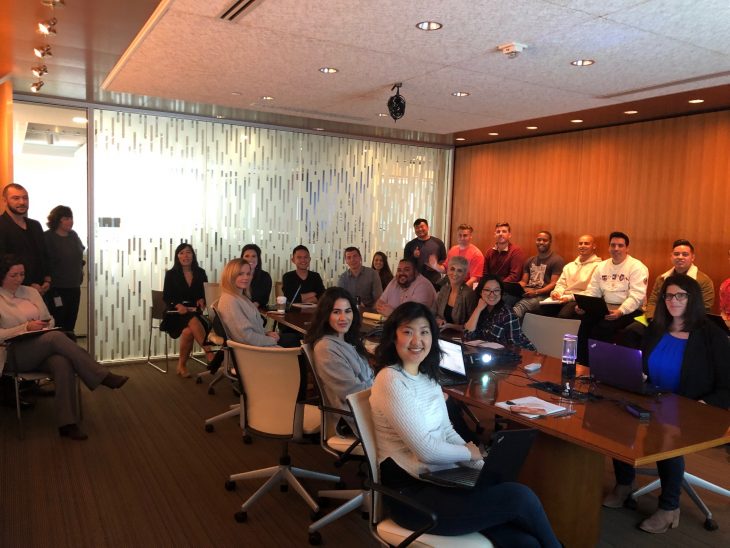Bob Fox connected with Robin Richards, CEO of CareerArc, who believes the physical environment that respects and embodies the employee, is where you get the biggest value.
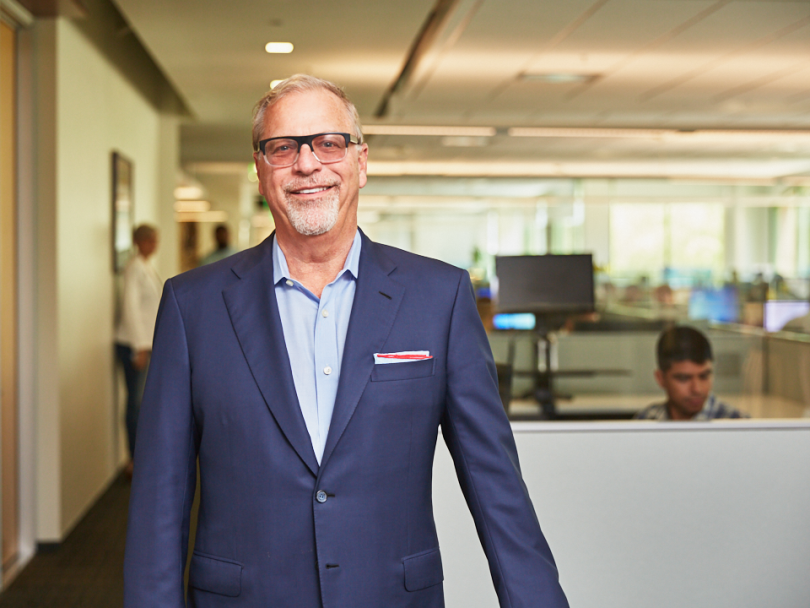
Bob Fox: Could you tell us about your company, the type of work you do, and the industry you’re a part of?
Robin Richards: CareerArc is a technology-based social recruiting and outplacement solutions. We look at the issues of recruitment, employment, and transitioning employees. The entire brand experience that employment has on a company is crucial, so we created a recruitment branding platform that help companies distribute and manage their brand and job openings on social networks.
On the back end, we help companies properly protect their brand through the use of virtual outplacement and career transitioning services. On the front end, we help them amplify it.
We’ve helped to revolutionize space this because it’s been an elitist industry where only senior executives receive these kinds of services in the past. It’s our belief that if someone gives you their blood, sweat, and tears regardless of the outcome, you owe them a little bit of help getting them on their feet.
We brought the price and the access down by 80 percent. We’re growing very nicely, and my intention is to bring this service to 100 percent of Americans before I’m done here.
Finding good talent is always tricky and the piece-parts of attracting good talent are changing. It’s not just salary or capability of what you do and what they need – it’s environments and perks that are not traditional to what previous generations are used to knowing.
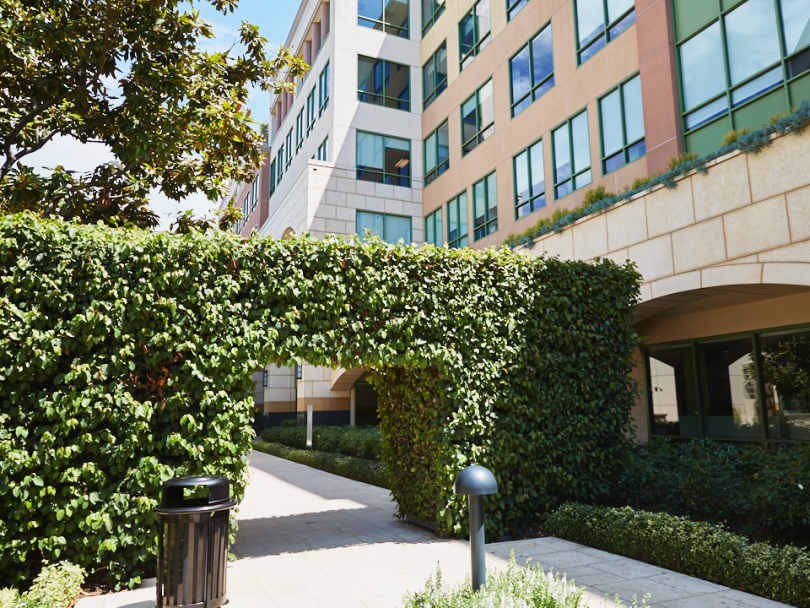
Bob: How big is your company?
Richard: We have 115 employees, and we are expecting to grow at least another third this year. Inclusion is very important to us as well.
Bob: Could you describe your organization’s culture and how that behavior plays into the work that you do?
Richard: As a long-time entrepreneur and starter of companies, culture is a critical aspect to productivity. If people are happy, they need less management. If people are given great deals of respect as individuals, then it’s up to us to have hired the right kind of makeup to the mindsets we bring aboard. Skillset is teachable, mindset is not.
Our base belief is three-fold. Number one, respect for all. We expect everyone to treat each other with respect. Number two, you have to be as clear as you can in your direction to people. I don’t like micromanagement. It’s important for top level to speak clearly and let people do what you’ve asked them to do. Number three is encouragement, as a fast-growing company you have to have employees who think “I can, and I will”.
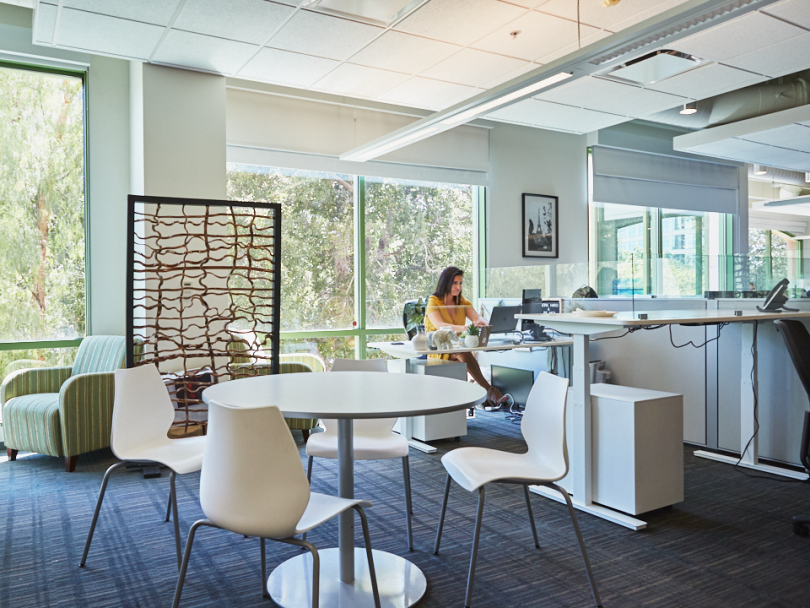
Bob: Is there any way that you embody that culture into the physical work environment?
Robin: In our office space, we have about 2,200 SF of space, six to seven conference rooms, and five to six open-areas with just couches.
We’ve also included white boarded walls, a ping pong room with video gaming system, and a wonderful lunchroom where we bring in lunch or breakfast often. There’s lots of light, open spaces, and the cubicles are low. This is what matters to people.
Bob: When you designed the space, was there an overarching goal?
Robin: We retrofitted more than designed from ground floor. Colors mattered, and the overarching architectural thought-process was open space where we give enough closed areas for private conversations and heads down work. I also didn’t want to look down a narrow hall 40-yards deep. About 80 percent of the time I can get a glance of my employees and they can also see me.
Bob: How is the workplace helping you achieve your business goals?
Robin: I think people within the company impact productivity in most circumstances. With the proper culture and architectural design, people feel proud, open, and can get to know each other. This is where people begin to give you that productivity because you’ve given them that environment. We think our environment has a gigantic impact on productivity.
Bob: Where do you think you get the biggest value from your workplace?
Robin: When you’re talking about space, I think you get the biggest value through the ease of interaction. The nature of the flow, and how the break rooms, game rooms and lunchrooms are set up is important. Ensuring that the space is not departmentally sensitive and allows for areas to simply relax makes people happy and helps them connect with each other.
The physical environment that respects the person and really tries to embody the person, is where you get the biggest value.
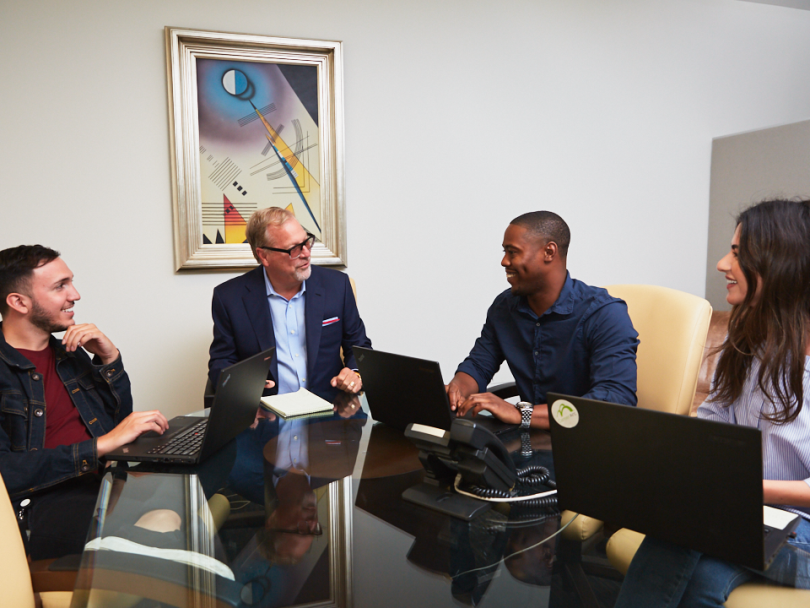
Bob: You’ve described your space as being predominantly open plan. The open office is getting a lot of negative press lately in the media. How do you feel about that?
Robin: I’ve read both positive and negative reviews on the open-office environment. Where there are issues in the open office, they get mitigated with good design.
Noise is an issue in an open office environment. You can’t just have open ceilings; you’ve got to have noise cancellation points and we’ve spent the money to do that. It’s also important to know how to lump your people that are outward facing and on the phone a lot to ensure they don’t conflict with people who spend a lot of time doing heads down work.
Part of open environments that didn’t work is the corporation itself, the management itself and not thinking where people should sit and how the flow should work. Open environments require lots of conference rooms and talk rooms. They also require getaway rooms so you don’t feel like you are in a cube all day so, we have a number of couch and chair set ups so that our employees can get up, move around, and have privacy.
I think giving people the flexibility to change their environment within the environment is what makes it better.
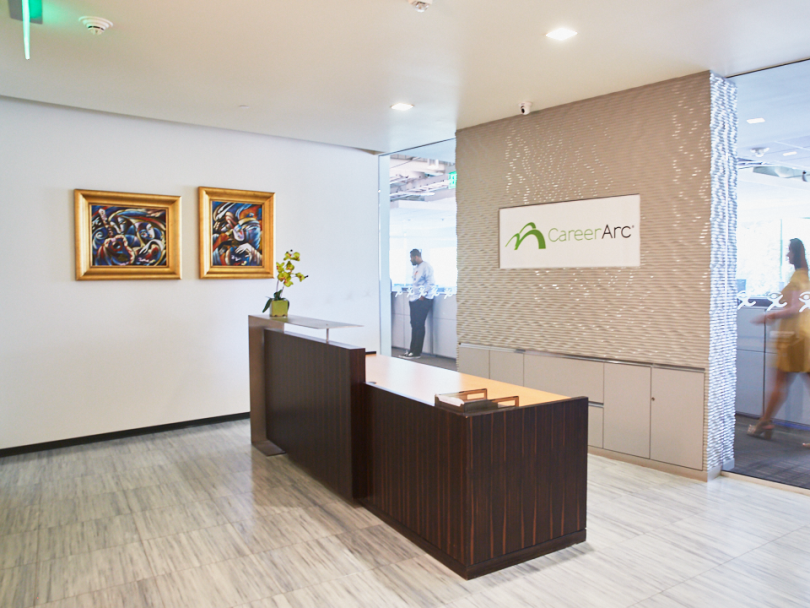
Bob: When somebody walks into the space for the first time, what do you think their reaction is and what they may experience? Is there any branding or message you’re trying to communicate?
Robin: When someone walks into our space for the first time, they’ll notice that it’s a fresh space and generally think, “wow this is cool”. We’re a democratization where we are trying to bring service to all employees that the market has been unable to bring them. When you’re about democratization, you better have an open approach to your space. All of our products and services are equal. There’s no one that has nicer products or services than another. I think this goes with the respect for all concept we value.
Bob: How do you measure your organization’s performance?
Robin: We have KPI’s like any good organization. If you’re in the demand generation section of the business, there’s a certain amount of work product that you want out of each person each day. Over the course of time, you learn the bell curve and manage to that. The marketing department or finance department – they have their own KPI’s as well. We are very data driven. Our flat screens will demonstrate things we are working on, our awards, and we try to tell a little bit of our company story.
Bob: Do you have a way to measure your space?
Robin: We are constantly taking feedback on what people think about the office. We’re very inclusive in our strategic approach.
Bob: In terms of budget for your space, where are you most willing to spend money?
Robin: It’s on you if you’re not heard around here, because people are here to listen. We have an environment, both physical and emotional, where it is easy to be heard and easy to speak up. We have a saying that says “Don’t be Right, Win”, and that’s directed at everyone. Not only are we in the service business to our customers, but also to our people.
